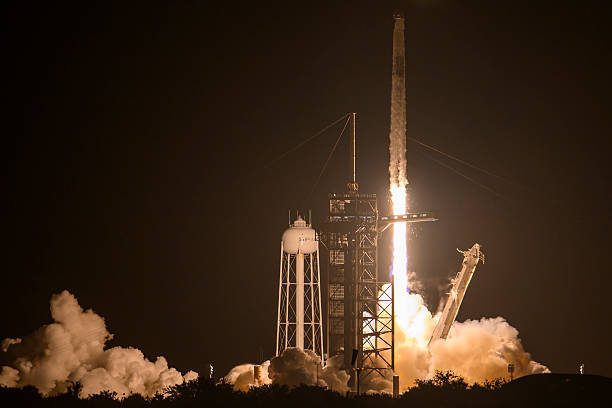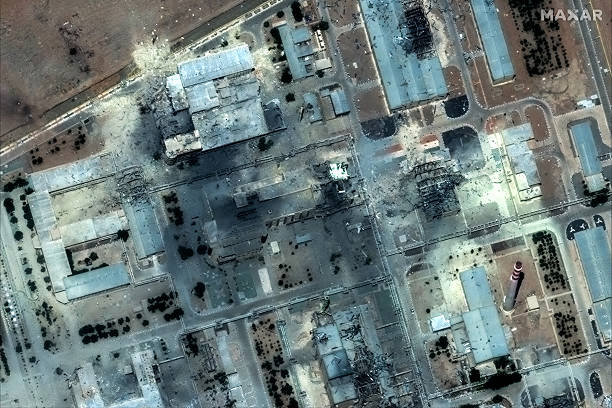Operation Steel Curtain: An overlooked component of the Iraq war
Over 15 years ago, the western Iraq segment of the Euphrates bustled with hectic dustups between insurgents and coalition forces.

More often than not, larger battles like Ramadi and Fallujah overshadow discussions about smaller operations that were also historically significant.
Operation Al Hajip Elfulathi, or, Steel Curtain, was aimed at preventing insurgents from transporting themselves, and materials, in and out of Syria. The name of the operation speaks for itself in this case. Fierce urban combat raged along the Syrian Border of Iraq as Marines cleared house to house, street to street. Marines coordinated with tanks, close air support and special operations to punish the enemy.
Though it was subsumed under Operation Hunter, the mission was analogous: to prevent Al-Qaeda members from continuing to operate in the Euphrates River Valley and the Al Anbar province. As well as deny the enemy the use of the region as a staging point to funnel arms, fighters, and funds to the rest of Al Anbar.
Beginning in the city of Husaybah, coalition members advanced west-to-east, sweeping every building. This was done in order to ensure insurgents would not simply hide until the Marines passed, and attack from the rear. This caught the enemy flat-footed, as they expected the attack to come from the east. The insurgents were forced to abandon many fighting emplacements with heavy machine guns pointing east.
The importance of this under-acknowledged piece of military history comes from the fact that it was the introduction of a new defense group in Iraq.The newcomer in this situation was the untried New Iraqi Army. They numbered around 1,000 soldiers, and operated in tandem with US Marines from 3rd Battalion, 6th Marines and 2nd Battalion, 1st Marines. Some of these New Iraqi soldiers were specially trained scouts local to the area, generally known as Desert Protectors.
The mission lasted 17 days in total, and resulted in as much destruction as would be expected. At the end of over two weeks of warfare, the Marines involved suffered 10 casualties and 30 injuries. The majority of the fatalities were caused by improvised explosive devices.
The pandemonium also seeped into the lives of civilians living in the region, as so often happens in instances like this. By the end of the operation, a total of at least 97 civilians were killed. The major cause of this was insurgents using civilians as human shields, or taking hostages. Marines would intentionally avoid using as strikes on buildings they believed to have civilians.
It is unknown how many of the New Iraqi soldiers perished, but with their help, 139 insurgents were killed and 256 were captured.
The operation would be considered a huge success. Yet the brutal engagement has been largely overlooked when the Marine Corps cites examples of urban combat. However, it remains a shining example of small unit leadership, and Marines battle prowess.







Conversation